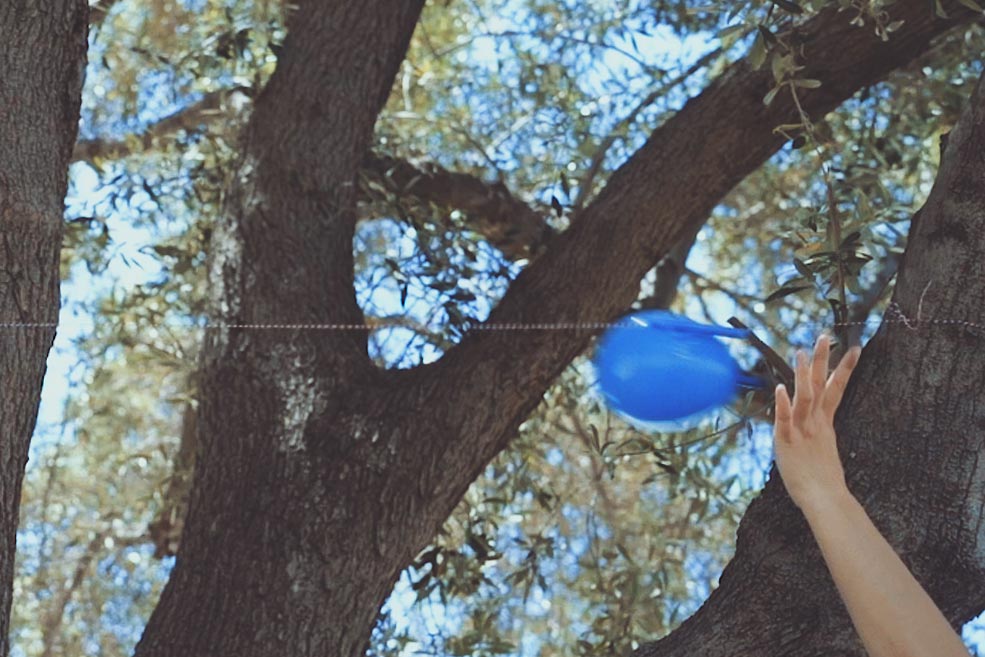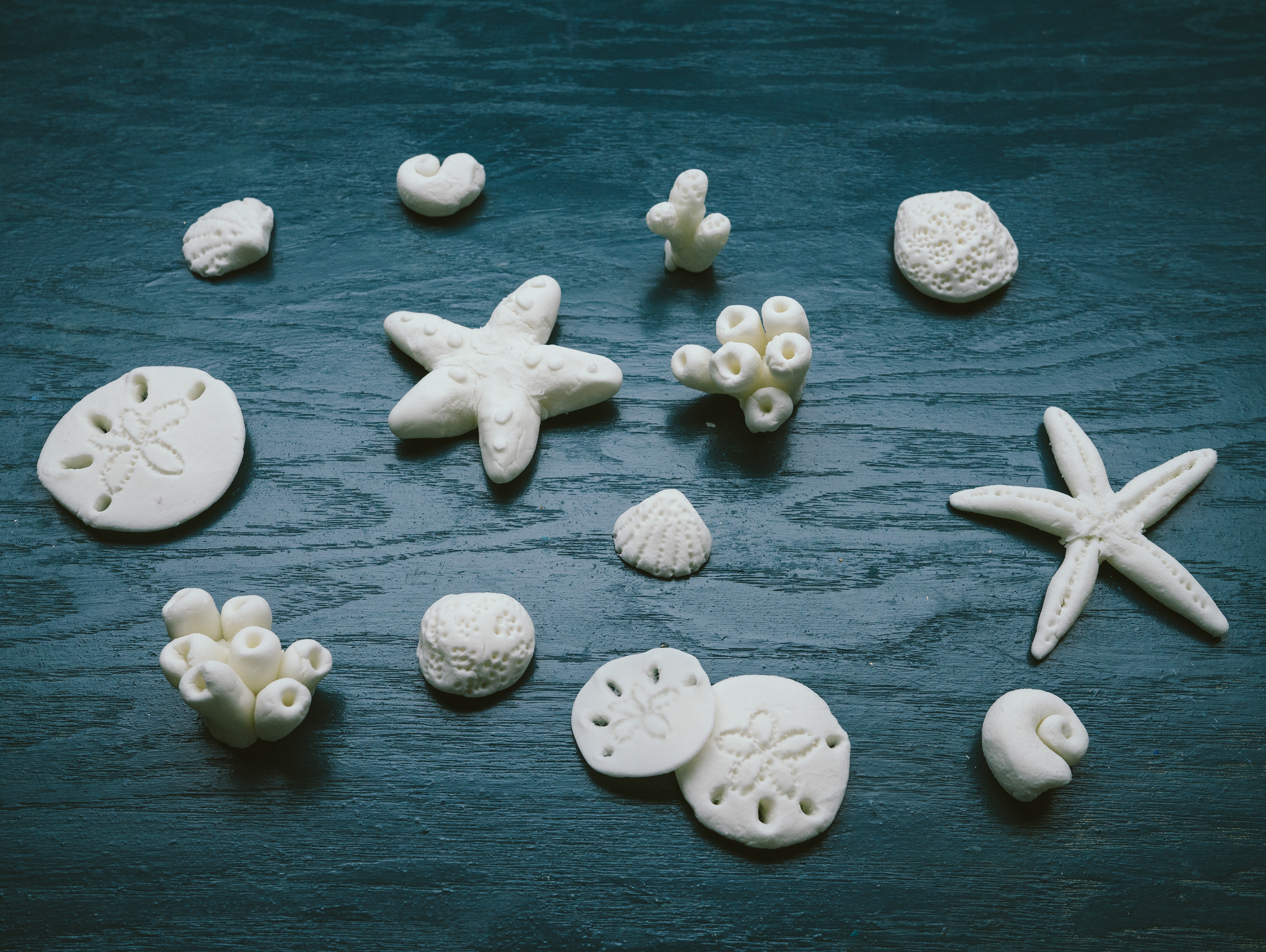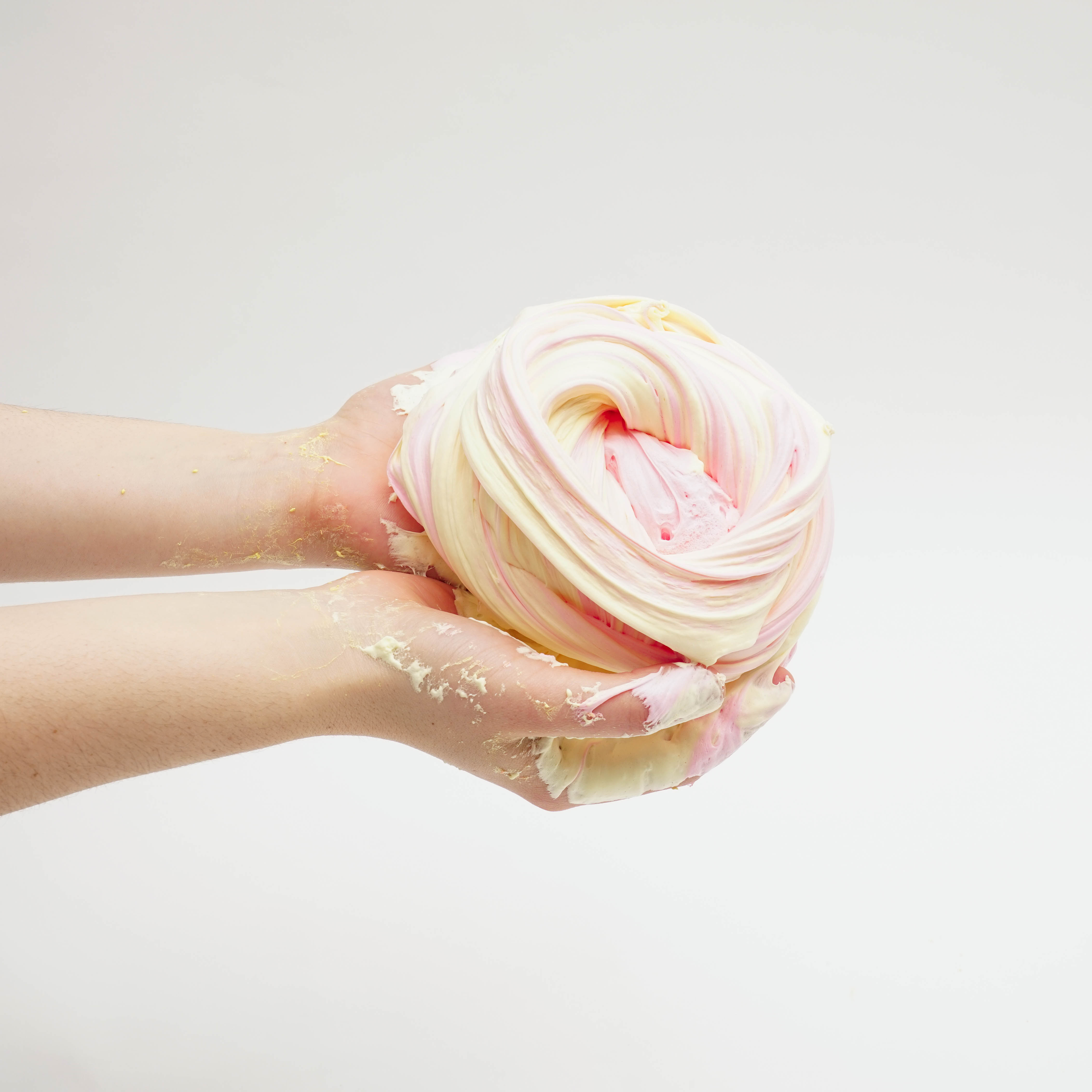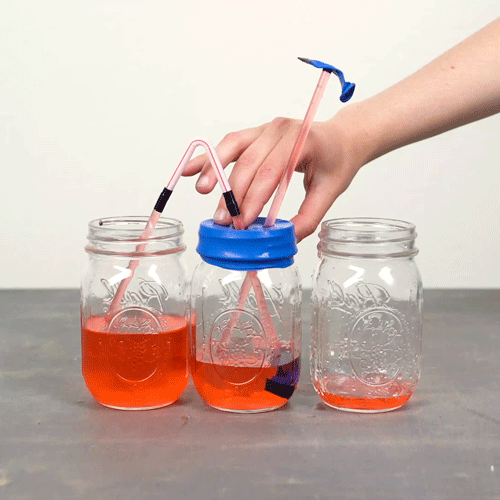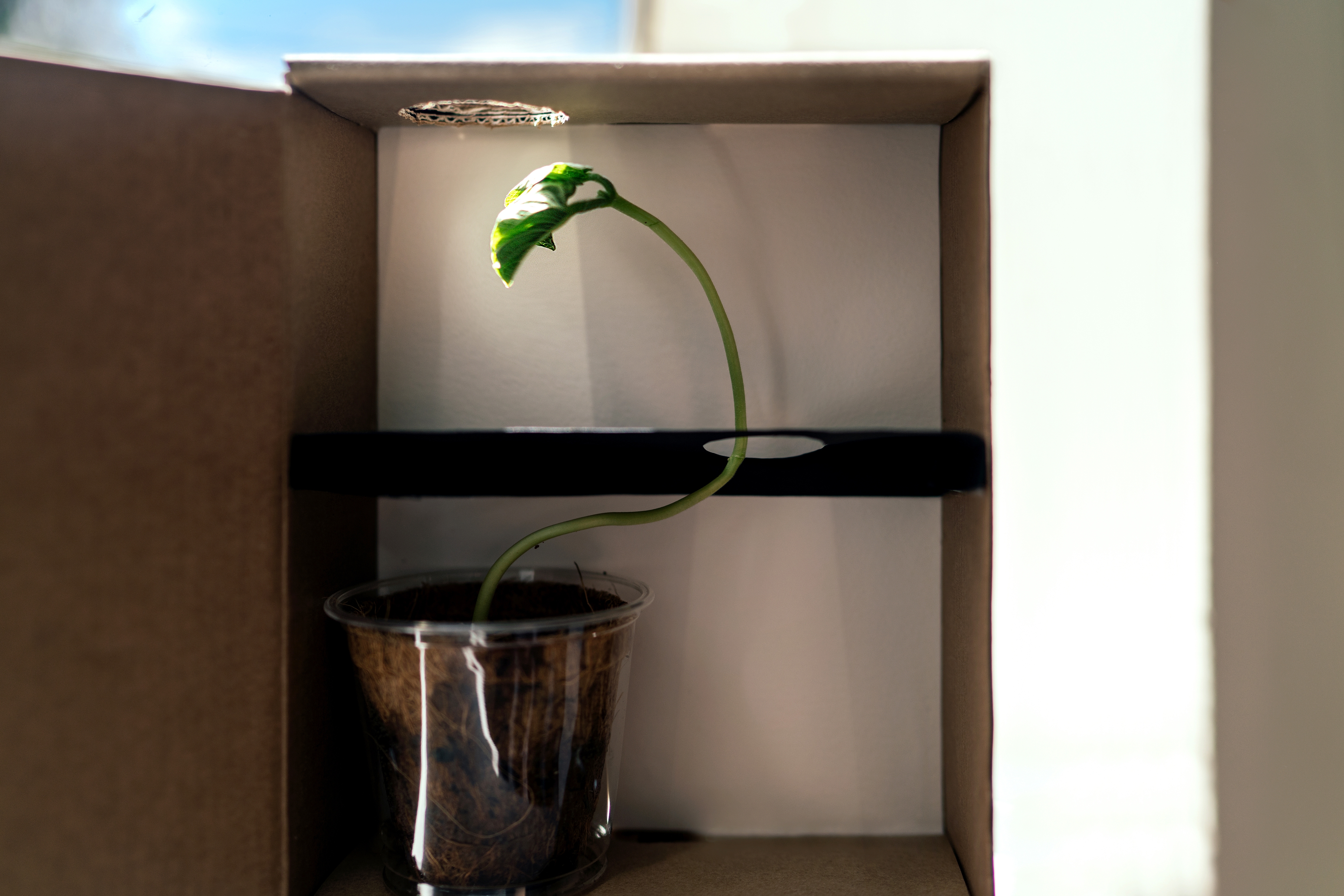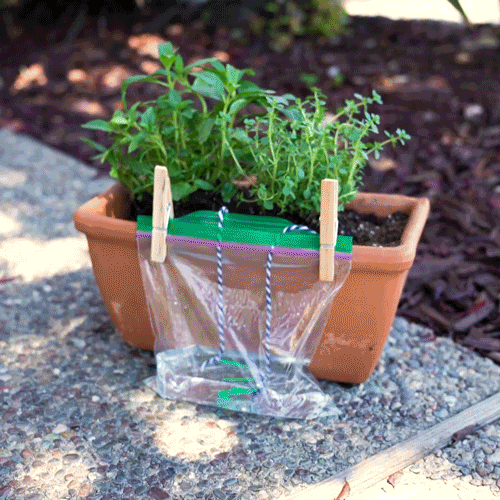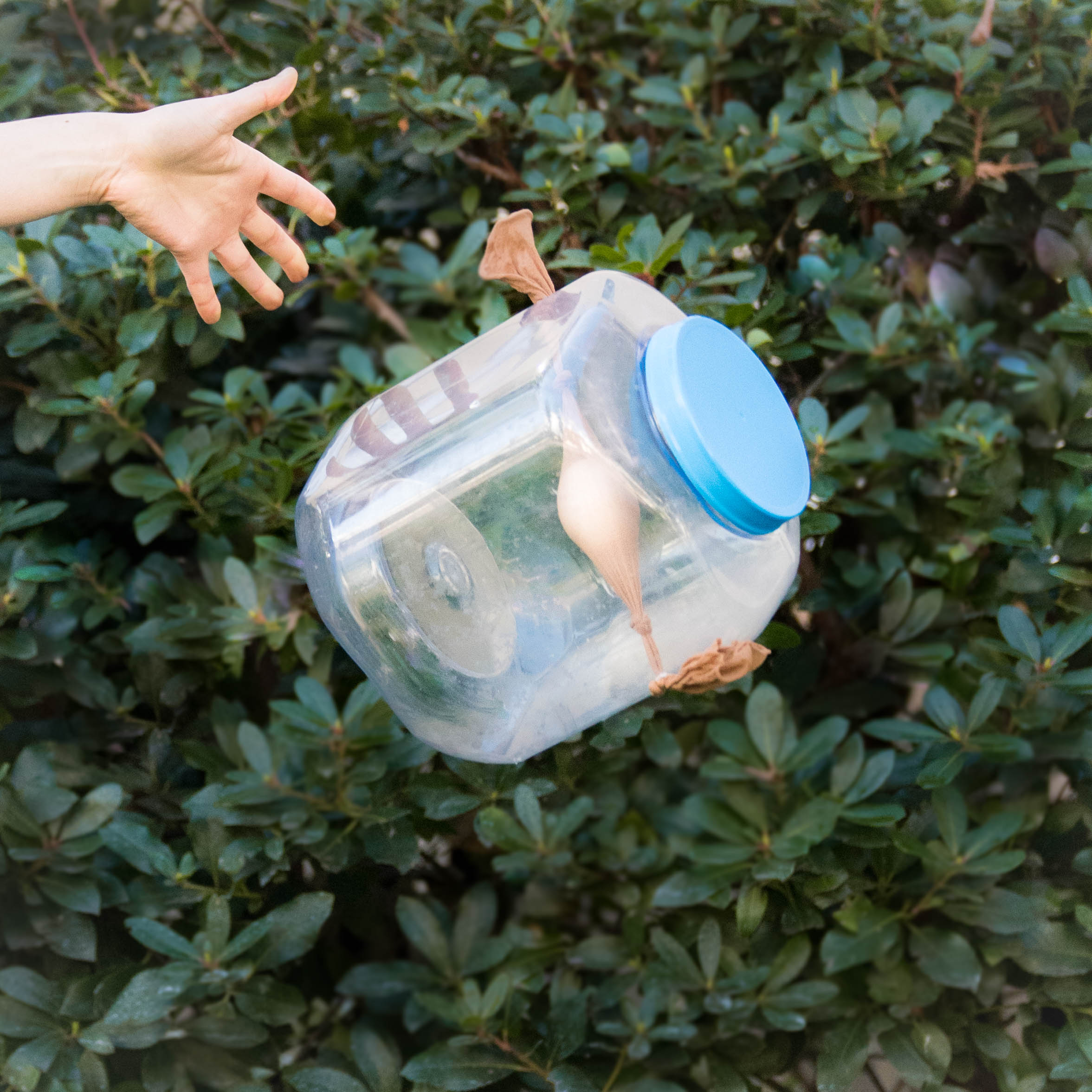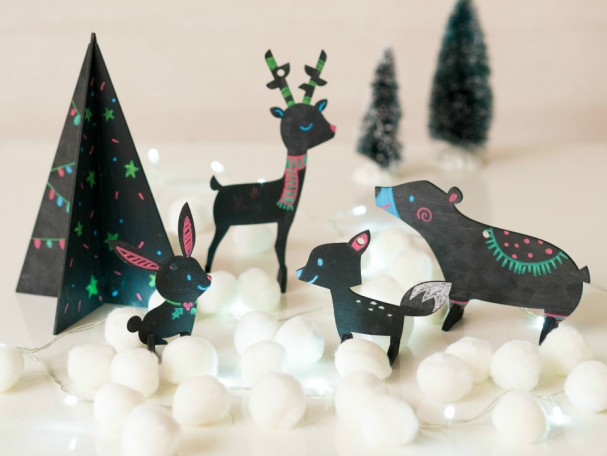STEAM Projects You Can Do Today
Water is usually loaded with particles and impurities, which enables ice to form. But purified water isn’t. This allows purified water to reach way colder temperature before solidifying.
If you leave an unopened bottle of purified water in the freezer for two to three hours, the bottle will be way colder than the freezing point of regular water. When you pour that super-chilled water onto a block of ice, it latches onto the ice’s impurities and freezes instantly!
- Balloon Rocket
(Ages 5-16)
Create your very own balloon powered rockets and see how far they can travel.
Experiment with different balloon shapes and sizes to experiment with the travel speed.
Explore the Periodic Table of Elements through a fun game! Just print out a couple Periodic Tables, follow the instructions in this awesome article, and brush up on your chemistry!
Make a complex machine with as many pulleys, levels, and rolling objects as possible! Making a Rube Goldberg machine takes patience, but also gives a chance to stretch your creativity!
Challenge your kids to build their own version of this rubber band race car and then let them spend an afternoon hosting their own races!
- Dancing Salt
(Ages 9-16)
Discover how music creates vibrations you can see using salt and a portable speaker! Then try experimenting with different genres of music to see which ones make the salt dance more.
What's going on?
Speakers, like your Bluetooth speaker, produce sound by creating vibrations in the air. Normally, we only hear these vibrations, and we can't easily see them. Plastic wrap, though, is lightweight and thin enough to vibrate in response to the sounds coming from the speakers. These vibrations move through the plastic wrap unevenly, pushing and shoving the salt around in interesting patterns. As a song progresses, these vibrations change, and the salt moves as if it were dancing.
If you can find a YouTube video of a pure tone (like a single, sustained note), observe what happens to the salt when you play that tone through the speakers. A pure tone will create a consistent, unchanging vibration in the plastic wrap. Instead of dancing around, the salt should collect in places in the plastic wrap that aren't vibrating, making patterns that depend on the frequency of the pure tone. Try a few other pure tones, one at a time, to see some other interesting patterns!
- Baking Soda Ocean Art
(Ages 9-16)
Even if you can't manage a seaside getaway, you can still have some creative beach fun with your own undersea collection, made from baking soda dough. Add details and texture to your creations to bring them to life. Share them as gifts or display them in your room as summertime keepsakes.
- Egg Geodes
(Ages 9-16)
Have you ever grown your own crystal geodes? Try this egg experiment and grow your very own borax crystals in a shell! Experiment with different borax concentrations and see how big your egg geodes can grow.
Discover everything that eggs have to offer with Eggsperiments from the KiwiCo Store! Use the scientific method with a series of egg-based experiments that explore chemistry, physics, and biology.
Using only recycled materials, these birdhouses are perfect for decorating a room!
Not only is this tiny bow and arrow project adorable, but it can also be made with everyday household items! Just follow this quick guide and unleash the Q-tips for target practice.
Create a personal bookmark to make reading even more fun! This project is both fun and practical, and can be accomplished with upcycled materials.
Pop-up cards are a great twist on the ordinary greeting card. All it takes is some decorative paper and a few strategic cuts to create something truly special!
- Fluffy Slime
(Ages 5-16)
Take your slime game to the next level! Shaving cream makes this special concoction soft, squishy, and irresistible.
- Pumping Heart
(Ages 9-16)
Curious about how your heart pumps blood? Use this model to learn about the right atrium and ventricle!
Discover more about the science of pressure with a Bottle Rocket kit from the KiwiCo Store! Assemble a launcher, rocket, funnel, and launch mixture to experience some extremely fizzy fun.
Want to make an epic paper dinosaur? This tutorial will take you on a origami adventure to the Jurassic!
Learn more: 10 Origami Ideas for Beginners
Finger knitting is an awesome, handy skill which produces some beautiful & practical results. All you will need is some wool, your fingers and a pair of scissors!
Learn more: 20 Gorgeous Finger Knitting Projects
Some of the world’s most exciting museums have brought their knowledge online, and now offer virtual tours. View museums around the world from the comfort of your home!
Baking bread can be intimidating, but if you follow these simple steps you’ll soon be enjoying some fantastic, fresh loaves! In the process, you’ll learn about how yeast works and explore the chemistry of baking!
These tin lanterns are easy, kid-friendly, and can be built with items from around the house. If you’re feeling creative, you can even experiment with different light designs!
Put your physics, aerodynamics, and construction skills to the test with this fun group activity! Create your own contest, follow these rules (or make your own!), and hope that the wind is at your back!
- Plant Light Maze
(Ages 9-16)
Have you ever noticed how plants grow toward the light? Build this simple light maze, and watch the plant grow around the obstacles to reach the light! Try experimenting with different mazes and see how the plant reacts. Can your plant complete its maze?
Explore more ways to harness the power of the sun with a Solar Crayon Recycler from the KiwiCo Store. Make your own crayon recycler, transform crayon pieces into custom rainbow crayons, and more!
- Pom Pom Bunnies
(Ages 6-16)
There's nothing sweeter in the spring than fuzzy little animals... even sweeter when they're made by hand! I had so much fun making pom-pom bunnies and loved the end result.
- Thermal Powered Flower
(Ages 9-16)
Have you ever seen hot air rise? In this project, explore the physics behind thermal air currents (hot air rising) by harnessing them to power your own spinning flower! Note that this project uses fire and paper, and should only be attempted with adult supervision. Happy spinning! Check out this video tutorial to see all the steps in action!
Invent a secret code and write messages! See if your friends or family can break your code, and try to break theirs. Can you decode their hidden messages?
- Self Watering Planter
(Ages 3-11)
Learn how to water your plants with just string and a sandwich bag!
- Rubber Band Helicopter
(Ages 9-16)
Learn about helicopters by making a rubber band powered flying toy!
Discover more about the physics of flight with a Bottle Rocket kit from the KiwiCo Store! Assemble a launcher, rocket, funnel, and launch mixture to experience some extremely fizzy fun.
- Egg Drop Project
(Ages 9-16)
How can you get an egg to drop without breaking it? Change the way it drops with this awesome egg drop experiment!
An egg drop experiment is the perfect way to tap into your creativity and solve problems through a cool (and messy) project! Think outside the box and engineer awesome solutions to keep your egg safe and sound. If your egg doesn't crack, then your design is a success!
Discover everything that eggs have to offer with Eggsperiments from the KiwiCo Store! Use the scientific method with a series of egg-based experiments that explore chemistry, physics, and biology.
- Cranberry Chemistry
(Ages 5-16)
What do cranberries and chameleons have in common? They can both change color! Cranberries contain chemicals called anthocyanins, which change color depending on how acidic their surroundings are. (They are natural pH indicators!) Since cranberries are naturally acidic, they normally look red, but we can neutralize the acid to find the berry's true colors.
STEAM projects Delivered to Your Door
Experiment with aim and angles by adjusting the weight in your trebuchet. Explore the science of levers and how they help machines harness the force of gravity and lift heavy weights. Ready, aim, and fire — with physics!
Scrub-a-dub-dub with a set of marbled soaps you made yourself!
Get ready to blast off into the air with your very own bottle rocket. Assemble your launcher, rocket, funnel, and launch mixture to experience some extremely fizzy fun.
STEAM Subscriptions for Monthly Enrichment
Materials, instructions and education for STEM projects that will inspire your young innovator to think outside the box.
From yarn to washi tape, this crate has everything you need to create amazing DIYs.
Globally inspired projects and activities that explore world cultures and teach new STEAM concepts.
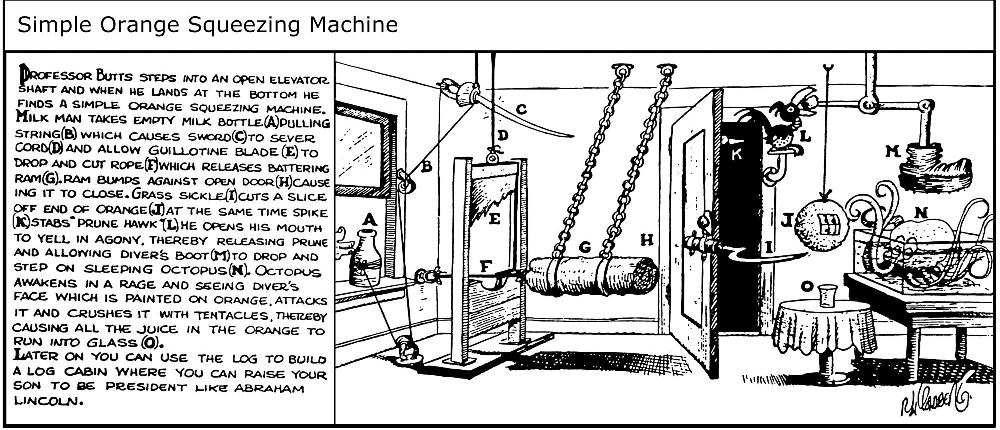
Activities for 9-11 Year Olds to Do at Home
Inspire innovation and creativity with STEAM projects catered for your kid! These activities for 9 to 11 year olds to do at home are the perfect way to build creative confidence and take a screen-time break.
